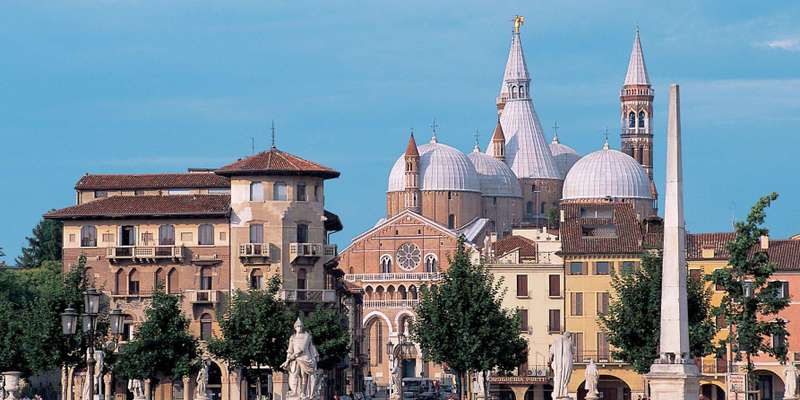- Home
- Useful Tips
- Padua's pedestrian zones and...
Navigating Padua's pedestrian zones overwhelms many visitors. With 63% of the historic center closed to traffic, first-time walkers often waste hours circling restricted areas or missing key sights. The frustration compounds when you're dodging delivery bikes in supposedly 'car-free' alleys or realizing too late that your accommodation sits inside a limited traffic zone (ZTL). These zones carry heavy fines – over €100 for unauthorized entry – yet lack consistent signage. Meanwhile, 82% of travelers rank walkability as their top city break priority, wanting to soak in Padua's frescoed arcades and medieval piazzas without transport hassles. The solution lies in understanding the logic behind Padua's walkability network, where ancient pilgrim paths now form the most efficient sightseeing routes.


Avoiding Padua's ZTL fines while reaching your hotel
Padua's Limited Traffic Zone (Zona a Traffico Limitato) encompasses nearly all historic accommodations, with automatic cameras catching unauthorized vehicles. Many drivers don't realize their rental car triggers €87-335 fines until weeks after their trip. The secret lies in approaching from major parking hubs like Piazza Rabin or Prato della Valle – these perimeter areas offer affordable overnight parking with direct walking access. If you're arriving by train, note that even taxis require special permits to enter ZTL areas after dark. Locals recommend using the Tram dei Colli electric minibus (Route 1) which legally traverses restricted zones, stopping near Scrovegni Chapel. For those with heavy luggage, pre-booking a ZTL-authorized transfer through your hotel costs marginally more than risking fines.
The fresco walk – Padua's most efficient sightseeing route
UNESCO-listed Padua Urbs Picta connects eight monumental sites via a logical walking sequence locals have used for centuries. Starting at Scrovegni Chapel, the 2.3km route follows Via Roma's porticoes to Palazzo della Ragione, then weaves through Jewish Quarter archways to reach Baptistery frescoes. Most visitors make the mistake of doubling back unnecessarily – the route naturally loops past Basilica di Sant'Antonio if you continue southwest along Via Umberto I. Morning light best illuminates Giotto's blues at Scrovegni (book the 9am slot), while late afternoon sun enhances Giusto de' Menabuoi's golden Baptistery dome. Smart walkers pause at Pedrocchi Café midway; their 19th-century 'green room' offers free historic maps showing original pilgrim paths beneath modern streets.
Where Padua's students walk – budget eats and secret arcades
University students have perfected Padua's most economical walking circuit, linking affordable eateries with sheltered passageways. The 'Bo Route' starts under Palazzo del Bo's anatomical theater portico, cutting through Cortile Antico to reach Piazzetta della Paglia's €5 panini stands. From here, hidden Voltone della Corda archway leads directly to Piazza delle Erbe's morning market. Few tourists notice the elevated walkway above Via Dante – this 14th-century 'students' runway' delivers quick access to Caffè Dante's €1.50 espresso while avoiding crowded sidewalks below. For evening walks, locals favor the illuminated Specola passage connecting Observatory Hill to Prato della Valle, passing €10 aperitivo spots en route. These student-tested paths demonstrate Padua's true walkability beyond the obvious tourist trails.
Accessible walking alternatives beyond the city center
Padua's peripheral walking routes offer respite from crowded historic zones while maintaining cultural richness. The 4km Mura Walk traces the Renaissance walls' tree-lined bastions, passing six original gates with ramp access. North of downtown, serene Orto Botanico pathways showcase the world's oldest academic garden (1545) via wheelchair-friendly gravel trails. For families, the Brenta Canal towpath begins at Porta Portello's floating pier, leading past villas with minimal elevation change. Savvy walkers time these outer routes with PadovaCard validity periods – the 48-hour pass covers Mura Walk audio guides and Orto Botanico admission, effectively making your stroll a cultural bargain. These alternatives prove Padua's walkability extends far beyond the ZTL-restricted core.



